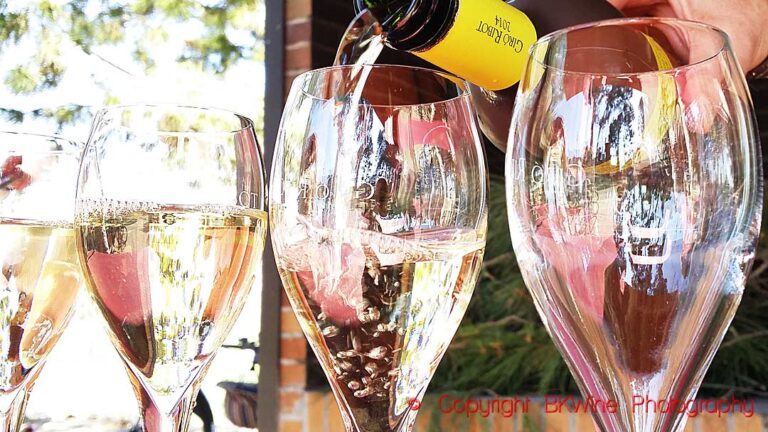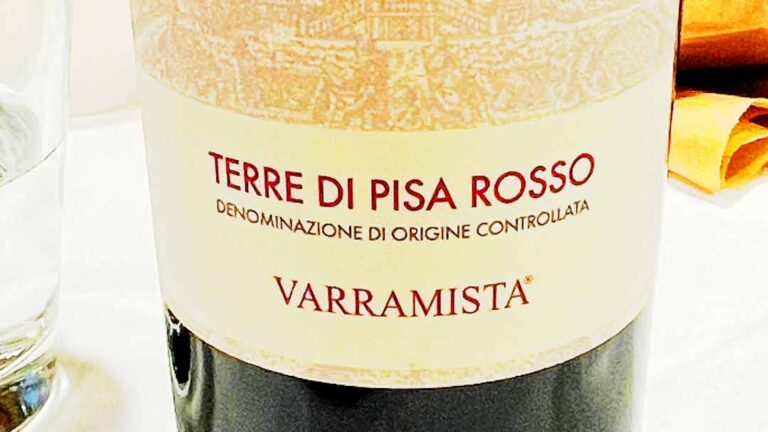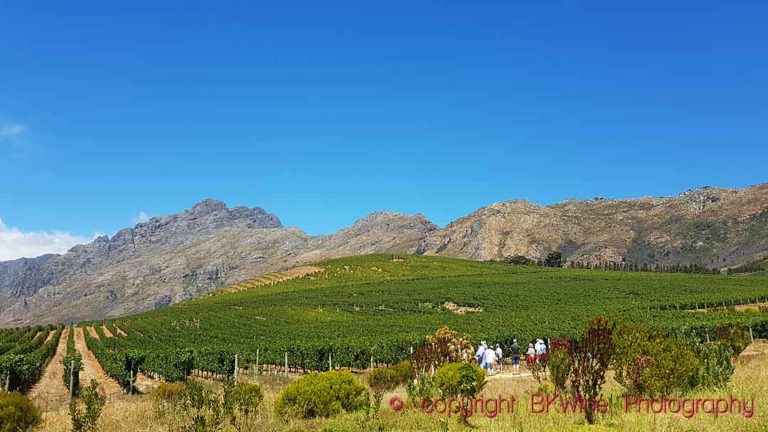The biggest island of the Mediterranean, a treasure trove of wine, gastronomy and experiences
“Without Sicily Italy leaves no trace in the soul. Sicily is the key to everything”, Goethe is supposed to have said.
Sicily surely leaves traces in the soul. It’s not just the food, the wine and the beautiful landscape that hits you. It’s something else. Something you can’t really identify. The proud people, the street life and time that never seems to end. You will surely be filled up with many impressions after visiting Europe’s largest island.
Sicily has had many masters. Greeks, Spaniards, Arabs, Normans and many others have been here and left their mark in the form of culture, architecture and customs. Sicily was for a long time an important strategic point. Whoever controlled Sicily had the power throughout the whole Mediterranean.
Many battles have been held about the island, and perhaps it is not surprising that the Sicilians are known to initially be suspicious of newcomers. When eventually the Spaniards discovered America Sicily lost importance and was left more or less to its own destiny.
Sicily has a life of its own. Although the Italian mainland is only a stone’s throw away on the other side of the Strait of Messina, the symbolic distance is still big.
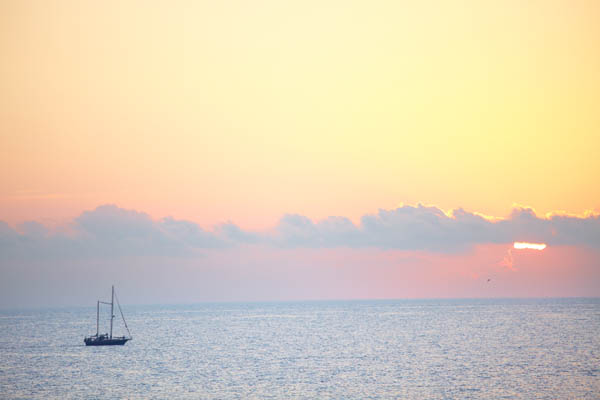
Sicily is Sicily
Sicily is not Italy. A Sicilian friend once asked if I had visited Sicily? When I replied “no, but I’ve been in the South of Italy” I got the straight answer: “Sicily is not Italy, Sicily is Sicily.”
And after having visited the Island I agree.
Sicily is Sicily. Nothing else.
Italy is a fantastic wine country. It has a myriad of local grape varieties, different production methods, varied landscapes and a sunny climate. In the Italian wine world Sicily lives its own life. With many different grapes, inventive producers and a wide selection of styles of wine, the island is a fantastic area to visit for wine enthusiasts.
After the period when Sicily was a huge supplier to the wine industry in northern Italy, providing it with cheap wine for the production of fortified wine, and after the boom in the nineties when nero d’avola was a success around the world, wine producers are now going back to their roots, to their origin. Many producers use less and less of barriques, prefer indigenous grapes and many producers aim to make wines with a taste of “terroir”. Simply put, a lot is going on on the Sicilian wine scene right now.
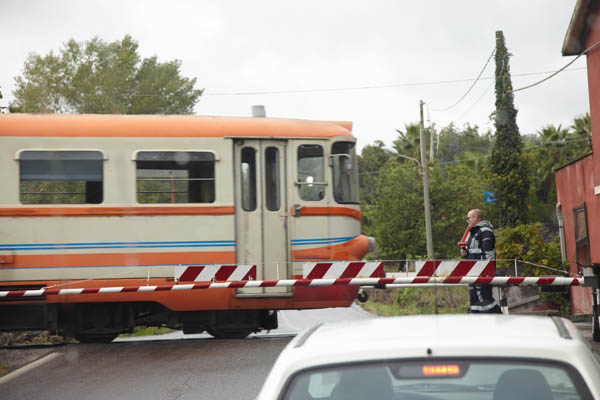
On the steep slopes of Mount Etna
Sicily consists mostly of hills. Only fourteen percent is flat country. You notice that very much when you drive on the winding roads realizing that Google Maps estimates of the times do not match reality in the slightest. It takes time to drive on the narrow roads. But it’s worth the effort.
Getting to the top of Mount Etna, Europe’s highest volcano (3300 meter high) is not to recommend for those who suffer from motion sickness. Every now and then you have to stop at closed railway crossings still managed manually. A century ago Etna was busy with trains filled with wine to be transported the port of Catania. Wine which was then sent to northern Italy for the production of the once popular fortified wines.
Once we reach the steep hills on Etna we are surrounded by black volcanic soil full of minerals. Here, the local grapes nerello mascalese and nerello cappuccio grow at altitudes between 300-800 meters above sea level. These two grapes are the base of the area’s DOC. Etna DOC allows for both a rosso and rosato while the white version, Etna Bianco DOC, is made of the grapes carricante and catarratto.
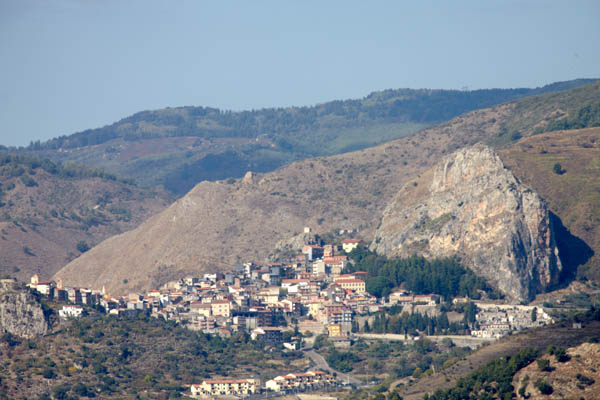
Nerello Mascalese: the King of Etna
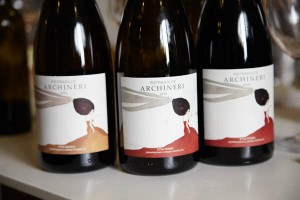
Nerello mascalese gives wines with little colour, lots of tannins and, at best, complex character. It is a delicate grape that needs a lot of care both in the vineyard and in the cellar. At Etna, the temperature differences between day and night help to create a balance between alcohol and polyphenols in the otherwise warm Sicilian climate.
The wine producer Pietradolce located on the north-east side of Mount Etna started the production in 2005. They have twenty acres of land on between 600-800 meters altitude.
– We have chosen to cultivate local grapes as nerello mascalese, nerello cappuccio and white catarratto. We believe in Etna’s indigenous grapes, says Pietradolce’s winemaker Giuseppe Parlavecchio.

Pietradolce’s Archineri Etna Rosso DOC 2010 is made from one hundred percent nerello mascalese. It is an elegant and complex wine that leaves you wanting more. The label on Archineri is a woman with black hair and a long red dress reminiscent of glowing lava.
– The label symbolizes “la donna vulcano“, says Giuseppe Parlavecchio.
Etna protects and gives life with her black fertile soil. She (as the volcano is referred to) is seen as a trusted friend, despite its habit of rumbling and spitting lava,. Therefore, Etna is the only Italian volcano that is pronounced in feminine form. Unlike her ”male” cousin Vesuvius that in contrast is described as vindictive and untrustworthy.
A couple of kilometres away from Pietradolce’s vineyards we find the wine producer Girolamo Russo. The bottling of their own wines started in 2005 and has quickly achieved good results. Also Giuseppe Russo, the owner, has strong faith in the future and sees the local grapes and Etna’s climate and soil as a huge asset.
– We must continue to work hard and I am sure we’ll be able to make even better wines over the years, says Giuseppe Russo.[divider_flat]
Syracuse and the forgotten Muscat
South of Etna is the beautiful sea town of Syracuse (Siracusa). The city was rebuilt in Baroque style after the earthquake that destroyed the city in 1693. The beautiful cathedral is impressing and the square named after Archimedes is a must to see. It was probably in Syracuse Archimedes uttered his famous phrase “Eureka”.
Syracuse also has an archaeological park with a stunning and well preserved Greek theatre. The oldest part of the town, called Ortigia, is full of small winding streets filled with cosy shops and restaurants with nothing less than the sea as background.
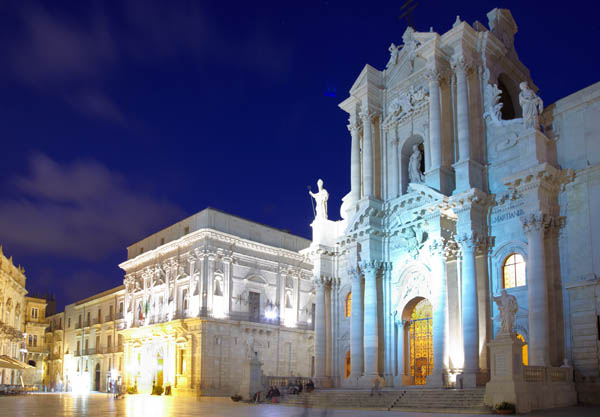
The traditional grape around Syracuse is the aromatic muscat. Nowadays, only a few producers still make the sweet dessert wine Moscato di Siracusa DOC. One of these is the estate Pupillo.
The Pupillo Estate is a living museum. Carmela Pupillo, the young owner that shows us around, points to the water channels in the garden which was built by the Arabs. She shows us a tile which is probably several thousand years old and puts her hand casually on a Roman-era pillar leaning against the wall. Everything as if it were the most natural thing in the world to have so old and valuable things in the garden.
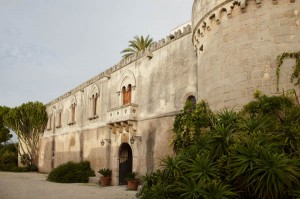
It feels like walking around in a museum despite the fact that we are on a visit to a winery. Just outside the estate is an industrial area with modern buildings with chimneys pouring out smoke and flashes of neon signs looking for your attention. It is typical for Sicily that two completely different worlds and eras gather at a minimal distance.
Pupillo is a winery that is not afraid to do things differently. Among other things Carmela aims to produce a muscat similar to Piedmont’s Moscato d’Asti: fresh, lightly sparkling and low in alcohol. Something that is not easy in the warm climate of Sicily. Pupillo is also experimenting with a dry moscato that is unlike anything else we taste during our trip.

Sicily’s only DOCG: Cerasuolo di Vittoria
Further to the south-east is the area where Sicily’s only DOCG, Cerasuolo di Vittoria, is produced with the grapes nero d’avola and frappato. The name probably comes from the wine’s cherry colour. (“ciliegia” in Italian means cherry). Traditionally it is a fresh and floral wine that should be drunk without any longer aging.
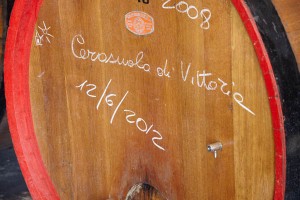
Arianna Occhipinti is a rising star on the Sicilian wine scene. She is a young ambitious woman that in a short time has managed to create a name for her in the Italian wine world. Her most famous wine, named SP68, is a DOCG Cerasuolo consisting of seventy percent frappato and thirty percent nero d’avola. It is a light, fresh wine with a long aftertaste of blackberry. Alcohol is surprisingly low (for such a southern wine region) of only 12.5%.
– Our goal is to keep the fruit and freshness and make a wine with taste of our terroir, says Alessandro Criscino, Arianna’s right hand on the estate.
The efforts to keep the fruit in the wine is taken one step further in the COS winery. Giuseppe Occhipinti (who is Arianna’s uncle) stores the wines in amphorae.
– The amphorae work the same way as an oak cask and the wine breathes just right but without getting any taste of the wood, he explains.
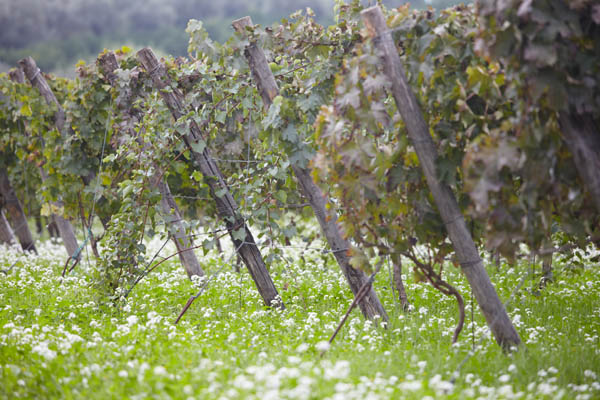
In Sicily you eat as if you were to die tomorrow and you build houses as if you were immortal

Not being familiar with the ways to built houses in Sicily I can only talk about food. I surely do understand that food is important in Sicily and nowhere else you will find as fantastic products and vegetables full of flavour.
The Sicilian cuisine is a wonderful mix of cultures, inland and ocean, taste and smell. The Arabs brought oranges, artichokes and rice. The Greeks brought olives and grapes. The Spaniards came with new ways to cook fish. Persians brought couscous cooked with fish typical for the western side of Sicily. The recipes and traditions are many. And as a foodie you never want to leave the island, you just want continue trying new dishes.
You do not need to eat at fine restaurants to dine well in Sicily. The island’s “fast food” is a mixture of colour and flavour. In bars and on the street you easily find “arancini” fried rice balls with various fillings. Or why not try a “sfincione”? A pizza-like bread with anchovies, onions and tomato. Simple and great.
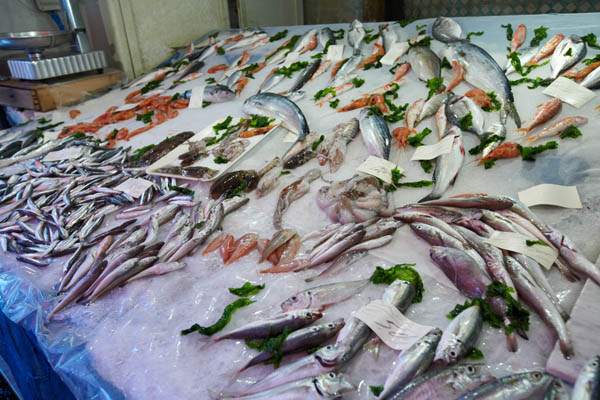
The Sicilian fast food not only takes away the hunger for little money, but also ensures a great treat. It’s hard not to eat well in Sicily. And it’s hard to stop. Do not be surprised to discover that you have been sitting for hours at the table, just like real Italians do. It goes by itself.
And then there is the olive oil. It would need a chapter on its own. biancolilla, carolea, nocellara, moresca and tonda are all different olive varieties indigenous to Sicily that all give a great smooth oil.
And in the end, I can only agree, that it feels as if we ate as if we should die tomorrow. Exactly as the saying goes. And Sicily leaves traces. But not only in the soul!
More on Sicily:
- Sicily seduces: An island of wine, olives, food and sunshine in the Mediterranean
- Sicily: wine, food, vineyards, history, and landscape in pictures. A photo essay from the island of Sicily
[box type=”info”]This is just a little sample of all the good things you can find on Sicily. If it makes you want to discover more of the wines and food of Sicily then you should take a look at BKWine Tours.[/box]



